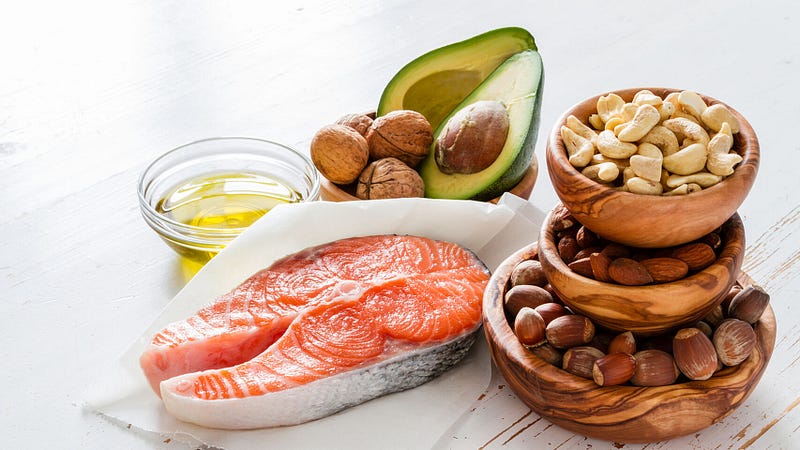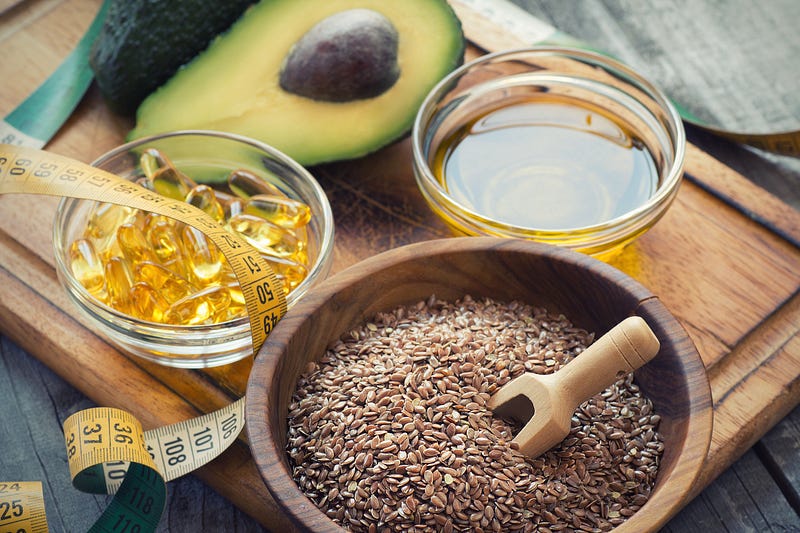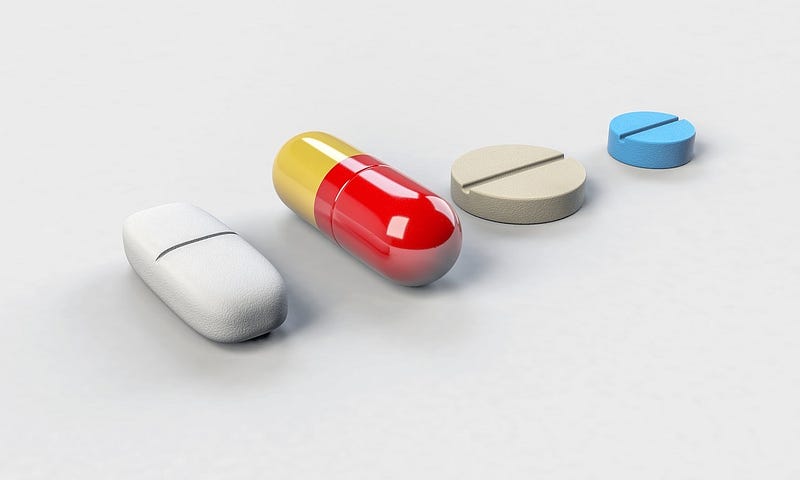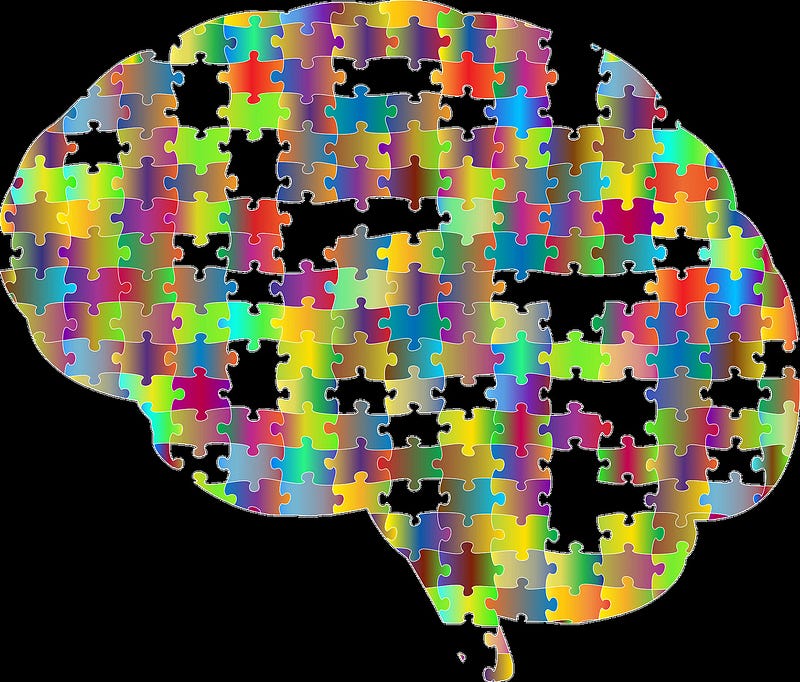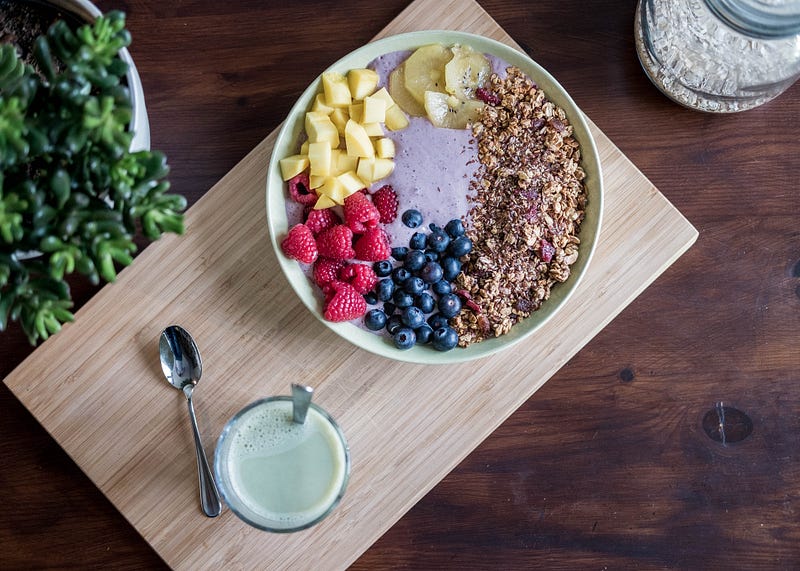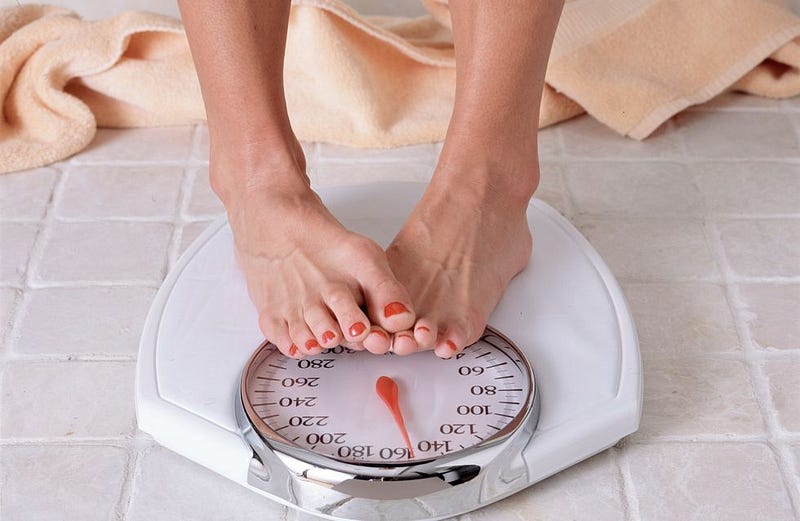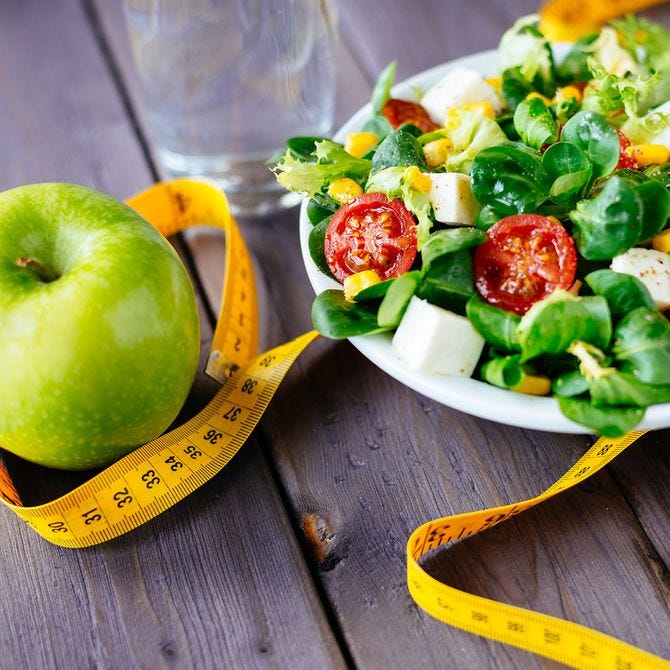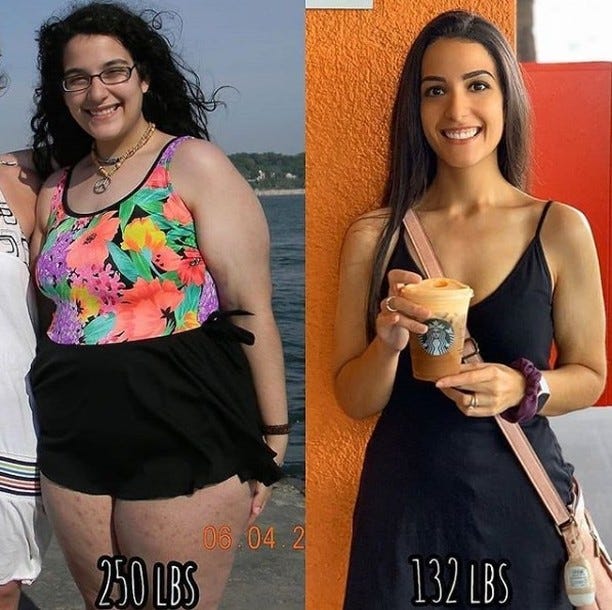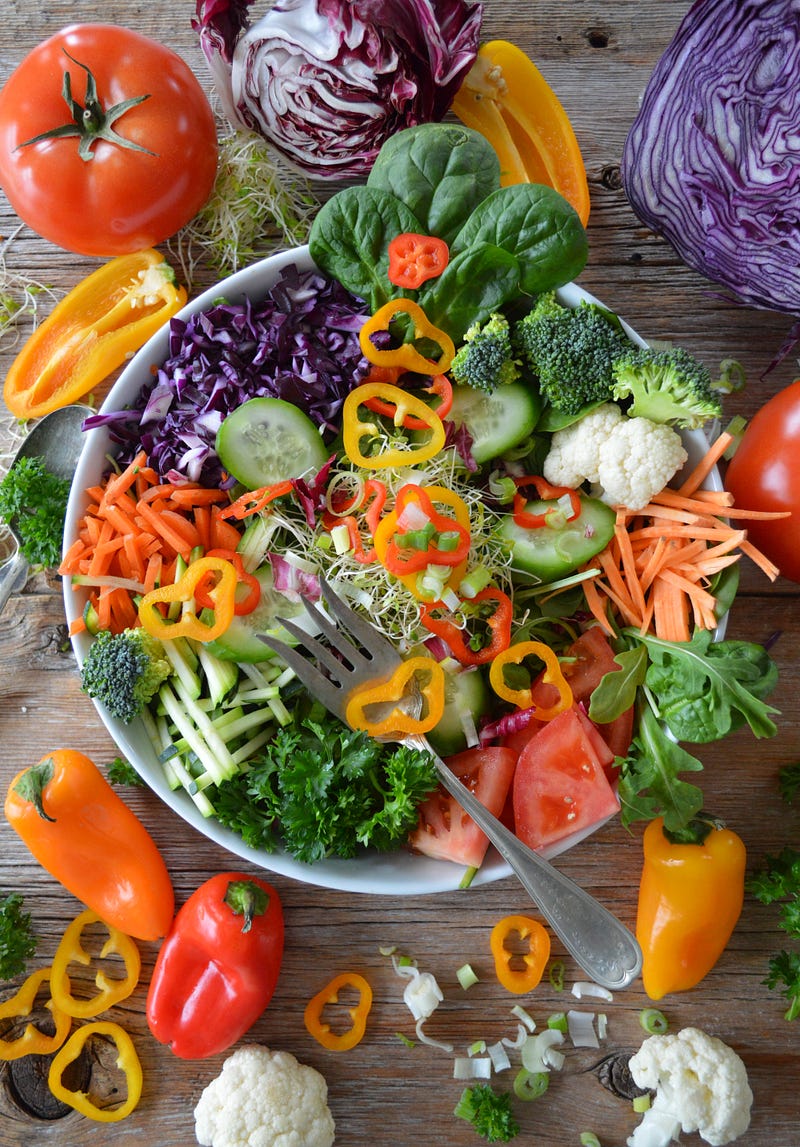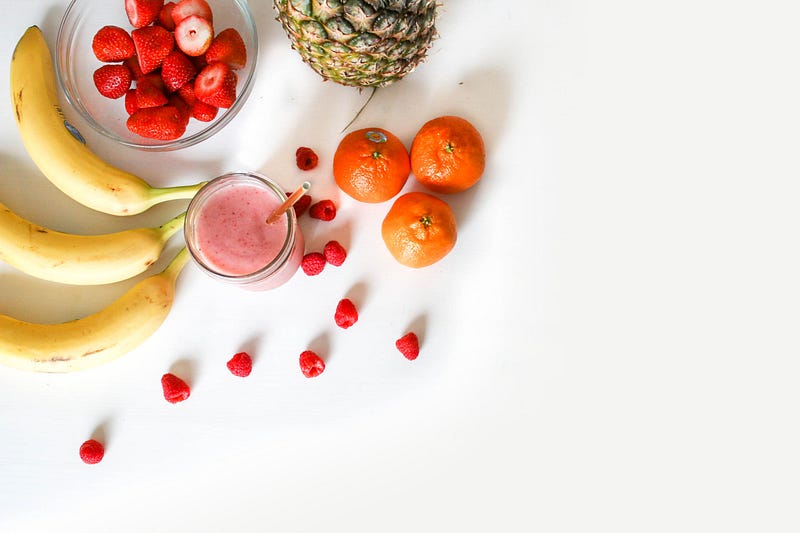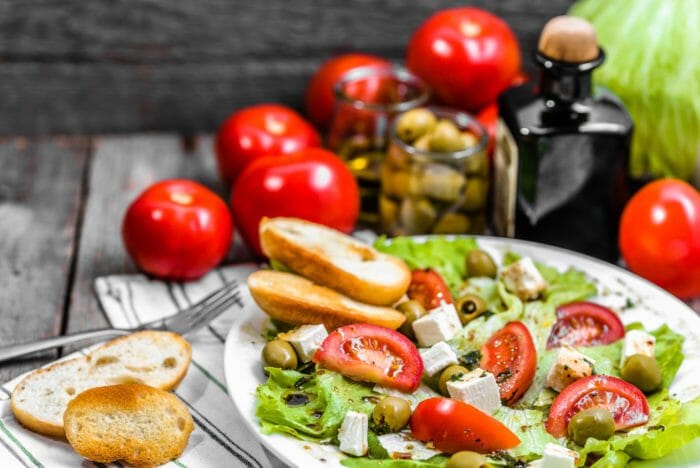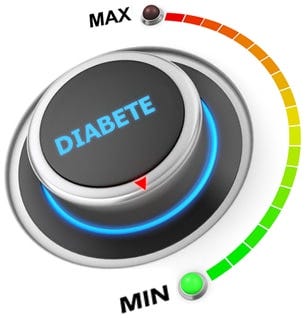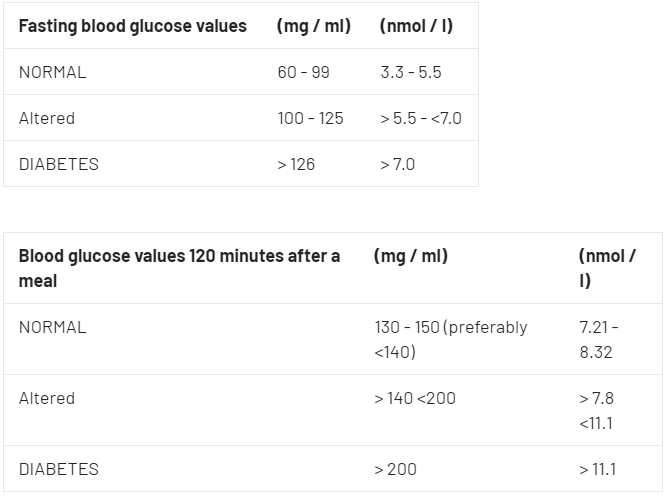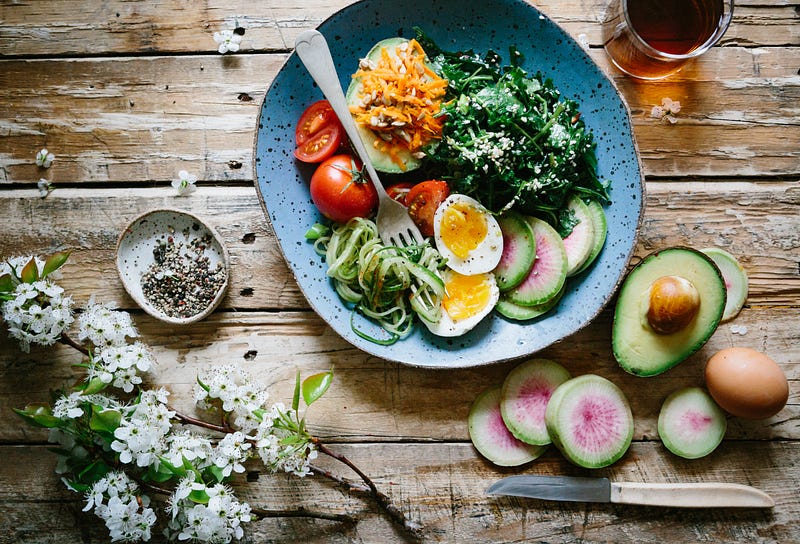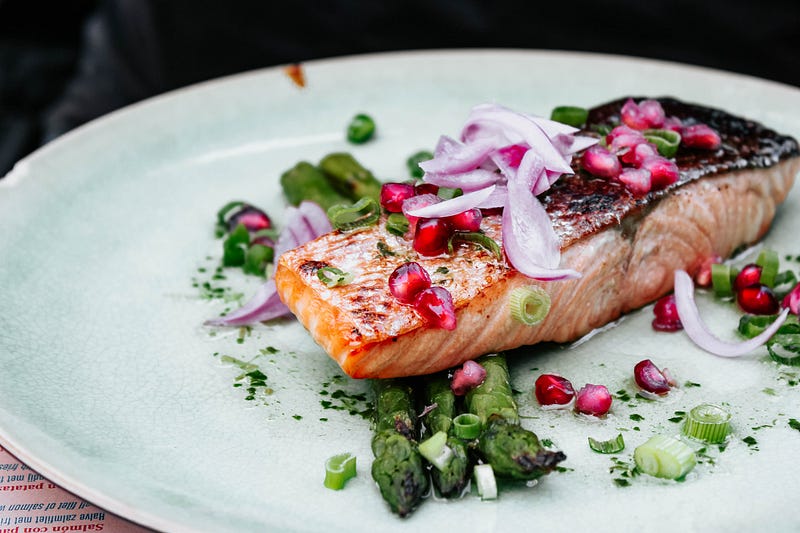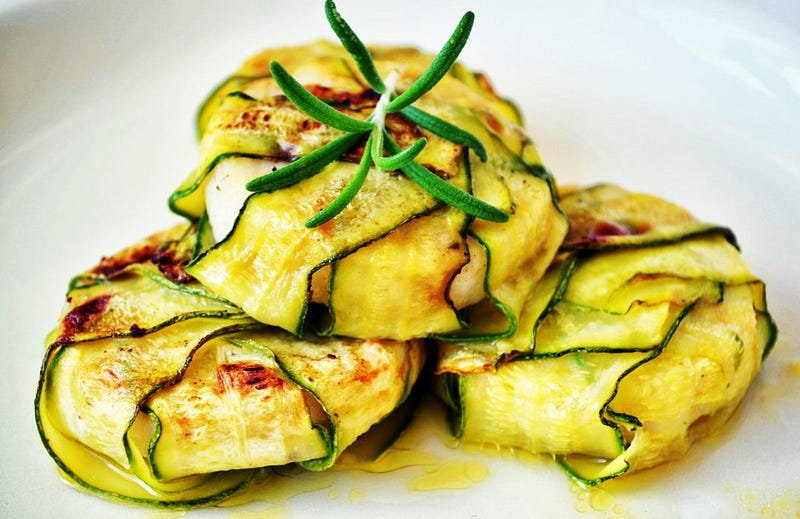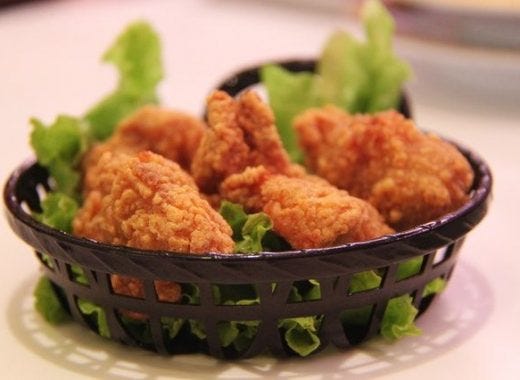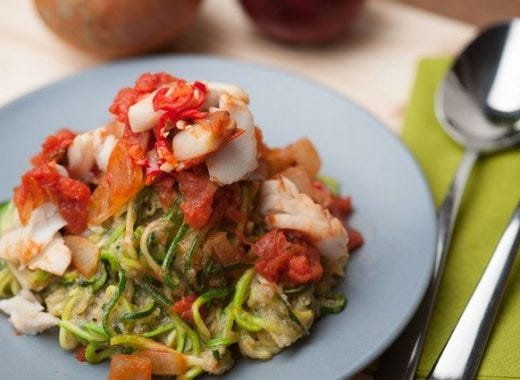There is life beyond the classic noodle broth and these recipes are proof.

UNSPLASH
Can there be a better feeling than holding a bowl of hot soup with cold hands? Not only is it an infallible remedy against bad weather, but it is also a way to eat healthily and introduce seasonal vegetables –among other foods– into our diet. And no, don’t think you need hours to prepare one: there is life beyond stew broth with noodles. That, be careful, it is very tasty, but the variety and speed are also appreciated.
That is why we wanted to take a tour of the profiles of different foodies who succeed on Instagram with their recipes. And we have selected some of the perfect healthy soups to beat the cold. We promise you they are easy to make, so you have no excuse to go back to buying an envelope soup ever again (remember that they are ultra-processed high in salt that does not do your body any favors).
Take note and save these soups to prepare them in your weekly batch cooking, so you will save a lot of time later.
1. Chickpea soup with cinnamon

This curious recipe is from Vanesa, where she shares dishes that look incredible. This soup is a great idea to eat legumes in a different way.
Ingredients:
- 1 pot of cooked chickpeas
- 1 liter of homemade vegetable broth
- 2 or 3 sticks of cinnamon stick
- Extra virgin olive oil
- Himalayan pink salt
preparation:
- Wash the chickpeas, drain them, and put them in a saucepan. Add the broth and the cinnamon sticks.
- Cook for 25–30 minutes over medium heat and cover. Then remove the cinnamon sticks.
- Add a dash of oil and a pinch of salt. Then blend well until you get a cream.
- Pass it through a Chinese or strainer to make it fine.
- Tip: if you have consumed a lot of liquid when cooking it, you can add a little water until you get a consistent loose soup texture. Rectify with salt if necessary.
2. Broccoli and pistachio soup
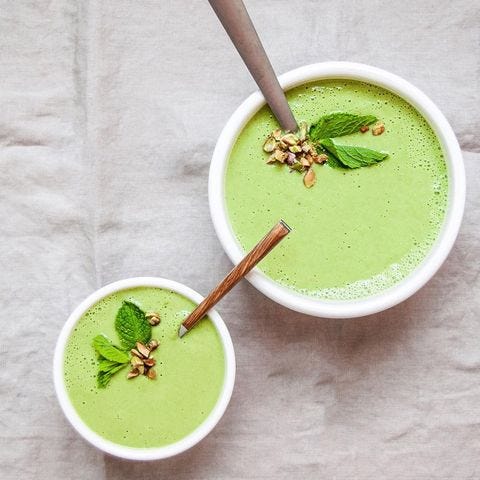
We have not been able to resist this green soup loaded with vitamins and antioxidants either. If you are a fan of broccoli, you have to try @beatrizmoliz’s recipe: it is light, vegan, and perfect for any dinner.
Ingredients:
- 1 broccoli
- 500 milliliters of vegetable broth
- 1 clove garlic
- 1 piece of ginger
- 40 grams of pistachios (previously soaked, for about four hours).
- 2 chives
- A splash of EVOO
- A pinch of salt and a pinch of pepper
- Topping: pistachios and mint leaves
preparation:
- Heat a drizzle of oil in a saucepan and sauté the chives.
- When the leek begins to become transparent, add the garlic, ginger, and spices and stir for a couple of minutes. When you have it reserve.
- In a saucepan, heat water and boil the broccoli until it softens.
- Strain the broccoli and add it to your processor along with the vegetable broth, pistachios, and the rest of the ingredients. Beat until you get a smooth texture.
- Add your toppings and drink warm.
3. Vegetable curry
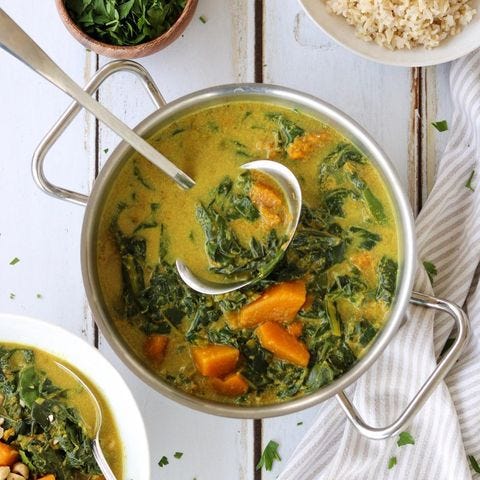
This liquid-based curry looks almost like a soup, right? and is made with chard and pumpkin, seasonal vegetables that you can mix to obtain this spectacular plant.
Ingredients:
- 300 gr Swiss chard
- 280 gr pumpkin ⠀
- 300 ml soy milk (or cow) ⠀
- 300 ml of water ⠀
- 1/2 teaspoon of curry paste or a tablespoon of curry powder.
- 1 teaspoon curry powder ⠀
- 1 teaspoon turmeric ⠀
- 1/2 teaspoon cumin ⠀
- 1/2 teaspoon sweet paprika ⠀
- 1/2 teaspoon cinnamon ⠀
- 1/2 teaspoon nutmeg ⠀
- A little salt and black pepper ⠀
- A splash of olive oil ⠀
preparation:
- Chop the onion and garlic and fry them in the pan with a little oil. ⠀
- Now add the curry paste (if you have one) and stir to release its aroma. Add the milk, water, and the rest of the spices.
- Mix well and add the pumpkin in pieces. Cover and boil for 10 minutes. ⠀
- Add the chard, cook everything simmering for 7 minutes.
4. Lentil spiral soup
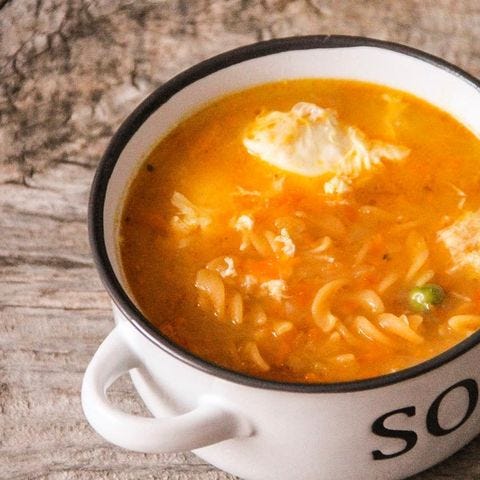
Intrigued by this recipe? so we have ventured to try it. The result? Highly recommended.
Ingredients:
- 1 small onion
- 1 carrot
- 1 red pepper
- Assorted vegetables that you have in the fridge: peppers, zucchini …
- Peas to taste
- 2 eggs
- 1 bowl of lentil spirals
- Extra virgin olive oil
- 750 milliliters of water
- Salt and pepper
preparation:
- Chop all the vegetables and fry them in a pan with oil. Then add the peas and season to taste.
- Then add the water and let the vegetables boil for about 10 minutes.
- Add the spirals (you can find them in Mercadona) and let them cook for another 10–15 minutes.
- Finally, add two eggs and let them set. When they are, remove from heat and serve.
5. Miso soup

Fan of Asian food? Then you have to try the miso soup. A different way of eating vegetables while we transport ourselves to Japan, although at the moment it can only be with the palate.
Ingredients:
- 500 milliliters of dashi or vegetable broth
- 4 tbsp. miso paste
- 2 tbsp mirin
- 2 Japanese onions or chives
- 10g wakame seaweed
- A seasonal vegetable
- Toppings to taste: egg, tofu …
preparation:
- Over medium heat, mix the dashi with the mirin and miso (if it is pasteurized, if it is not, put it at the end, when you have removed the pot from the heat so as not to lose its probiotic effects).
- Add the chives, boil for two minutes and add the vegetables you have chosen and the wakame seaweed.
- Serve in a bowl with the toppings of your choice.













